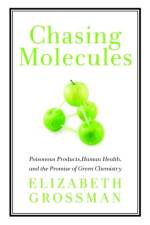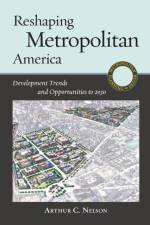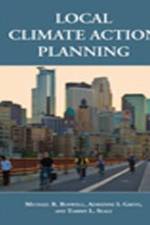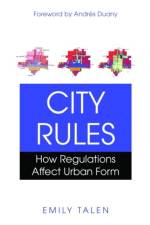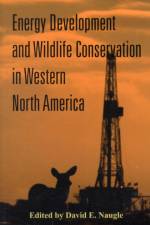av Harold A. Mooney, Rodolfo Dirzo, Hillary S. Young & m.fl.
579
Though seasonally dry tropical forests are equally as important to global biodiversity as tropical rainforests, and are one of the mrepresentative and highly endangered ecosystems in Latin America, knowledge about them remains limited because of the relative paucity of attention paid to them by scientists and researchers and a lack of published information on the subject.Seasonally Dry Tropical Forests seeks to address this shortcoming by bringing together a range of experts in diverse fields including biology, ecology, biogeography, and biogeochemistry, to review, synthesize, and explain the currstate of our collective knowledge on the ecology and conservation of seasonally dry tropical forests.The book offers a synthetic and cross-disciplinary review of recwork with an expansive scope, including sections on distribution, diversity, ecosystem function, and human impacts. Throughout, contributors emphasize conservation issues, particularly emerging threats and promising solutions, with key chapters on climate change, fragmentation, restoration, ecosystem services, and sustainable use.Seasonally dry tropical forests are extremely rich in biodiversity, and are seriously threatened. They represscientific terrain that is poorly explored, and there is an urgneed for increased understanding of the system's basic ecology. Seasonally Dry Tropical Forests represents an important step in bringing together the mcurrscientific information about this vital ecosystem and disseminating it to the scientific and conservation communities.





